Six Tips for Staying the Course After Rejection
You slogged through several drafts of your project, probably many drafts.
You worked with feedback from trusted colleagues in exchange for feedback on their work, or from a hired editor, to help you get your project to a publishable state. Not only publishable; this book is going to be great! you told yourself.
You experienced highs and lows along the way, despairing of ever getting your vision captured on paper, and soaring as your writing surprised you with its flashes of brilliance. Or at least glimmers of luminosity.
You researched publishers, perusing their catalogues, reading a sampling of their books, studying their submission guidelines, until you found the likeliest candidates for your project.
You composed a convincing covering letter. It may have taken you as long as it did to draft your picture book or a chapter of your novel.
With high hopes — and the realistic expectation that your project would be, as most are, turned down — you hit Send or Submit or popped an envelope in the mail, according to each publisher’s wishes.
And you waited. And waited. And waited some more. Until finally…

Thank you for your submission.
Blah blah blah. Unfortunately,
blah blah blah blah blah.
If you’re lucky, “blah blah” consisted of praise for how well crafted the reader(s) found your project, how compelling, how relevant to its intended audience. It may have included words about small lists and many submissions. Or the dreaded vague “does not meet our needs at this time.” The variations are endless.
I know! I have files full of such messages! Including three this year on (I swear!) one of the best things I’ve ever written!
Whether you’ve just received your first rejection ever, your first after a string of quick contract offers, or the third or eighth one for this project — and however kindly the message you received has been worded — there’s no way it feels anything but, at least to some degree, downright wretched.
“Wretched” can mean “Shucks, I really hoped…” to “I’m no good! I can’t write, never could, how could I have been stupid enough to imagine…? Oh, why didn’t I listen when that workshop leader said Don’t quit your day job? I’m doomed!”
Okay, if this post is starting to feel like one of those where all you want to know is how to make crème brûlée, not the history of farming in France and the pot someone’s grandmother cooked chocolate pudding in, my apologies, but I felt it was important to acknowledge your hard work. Now for the promised tips that I hope will help soften the blow —
- Reframe what has happened. You have not been rejected. Your manuscript was turned down. Even this small step can make a difference to how much that turn-down hurts.
- Believe the publisher who cites the small number of books they publish each year and the large number of submissions they receive. It’s a reality of the business and you have no idea how close yours came to making the cut.
- Similarly, try to let any words of praise offered, however few, bolster your confidence more than you allow the rest of the message to get you down.
- Remind yourself there are countless authors whose successful projects were turned down many times before going on to reach countless readers.Just for starters: J.K. Rowling’s Harry Potter, William Golding’s Lord of the Flies, Audrey Niffenegger’s The Time Traveler’s Wife, Dr. Seuss’s And To Think That I Saw It On Mulberry Street, and yes, even Kathy Stinson’s Red Is Best. ;-)
For the next time (yes, there will be a next time) —
- Be ready, as soon as you submit, with a plan for where you’ll submit your project next, when an almost inevitable turn-down comes in, and follow through with that plan. You may need time to heal, but your manuscript doesn’t. Move it off your desk and onto another editor’s.
- Remind yourself you are a writer and get yourself involved in another project you can pin your hopes on. There really is nothing like being lost in your work to help the months of waiting go by — and to take the edge off a turn-down.
Happy writing!
Share this post:

Kathy Stinson is the author of the classic Red Is Best and the award-winning The Man with the Violin. Her wide range of titles includes picture books, non-fiction, young adult fiction, historical fiction, horror, biography, series books, and short stories. She has met with her readers in every province and territory of Canada, in the United States, Britain, Liberia, and Korea. She lives in a small town in Ontario.
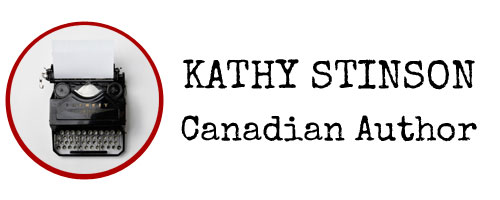
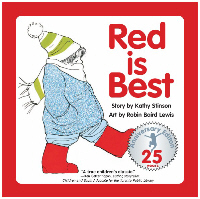
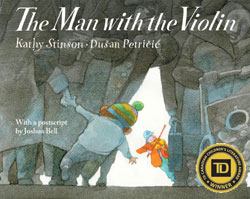
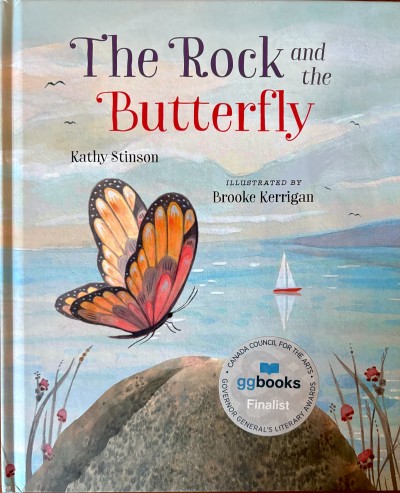

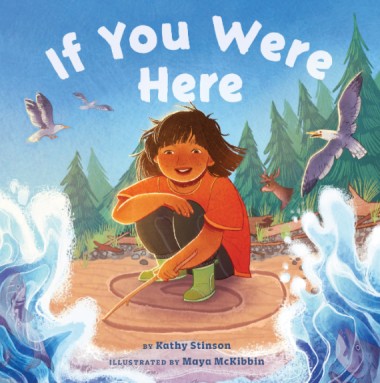


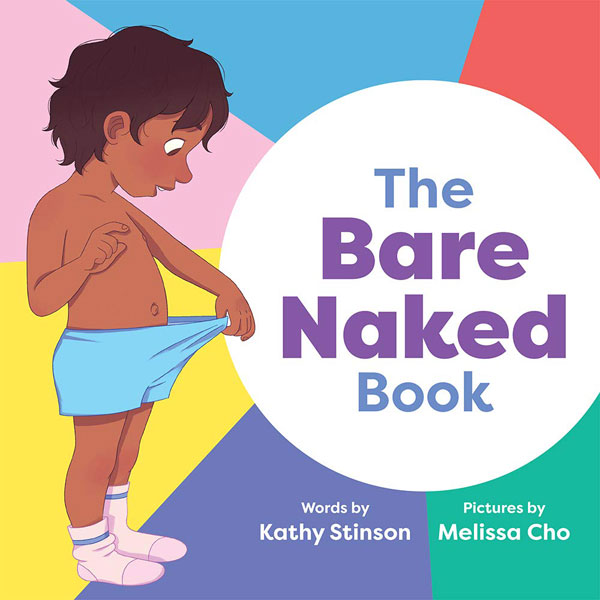
Dear Kathy,
Very good advice and really useful. I wish i had had it years ago before I sent off my book, but after half a dozen rejections Mawenzi House came through. I thought it an unlikely target, but Bingo, they took it.
Much love,
Murray
Thanks, Murray. It’s great that your persistence paid off. It’s funny how it’s not always the publisher we anticipate being the likeliest to take on a project who does. All best with whatever you’re working on now!